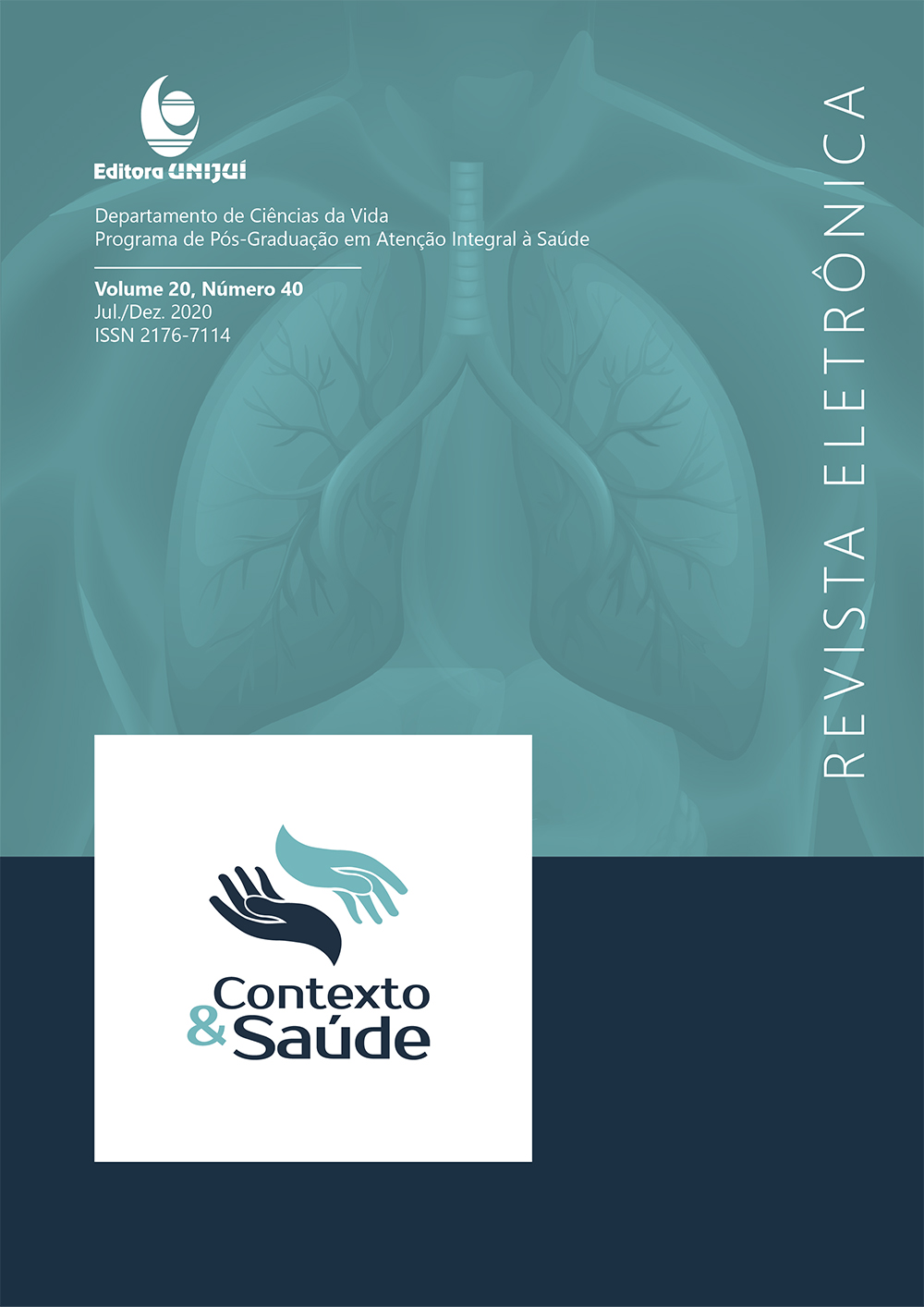PLANTAS MEDICINAIS UTILIZADAS POR QUILOMBOLAS NA GESTAÇÃO E LACTAÇÃO, E RISCOS NO USO INDISCRIMINADO
DOI:
https://doi.org/10.21527/2176-7114.2020.40.236-243Keywords:
Etnobotânica; gravidez; amamentação; toxicidade de plantasAbstract
Estudos em comunidades quilombolas sobre plantas medicinais utilizadas durante a gestação e lactação ainda são incipientes e os dados sobre as espécies medicinais que causam efeitos teratogênicos, embriotóxicos, abortivos e contraindicados na lactação são considerados poucos e muitas vezes contraditórios. Diante disso, este trabalho teve como objetivo realizar um levantamento etnobotânico e discutir sobre o uso das plantas com fins medicinais utilizadas por gestantes e lactantes de comunidades quilombolas de Vitória da Conquista – Ba. Os dados foram adquiridos por meio de entrevistas semiestruturadas e coleta das plantas. Foi possível observar que a maioria das mulheres não tem assistência médica e fazem uso de plantas sem acompanhamento da equipe de saúde. O levantamento mostrou que 27 espécies são usadas frequentemente durante o período de gestação e lactação, dentre elas 7 são contraindicadas, merecendo destaque às plantas erva cidreira (Lippia alba) e erva doce (Foeniculum vulgare) por serem amplamente usadas para diferentes fins medicinais. Diante disso, foi possível verificar que as mulheres fazem uso de plantas contraindicadas na gestação e lactação, necessitando em caráter de urgência de orientação correta quanto ao uso de espécies medicinais, bem como mecanismos de assistência que alertem sobre o uso das plantas de forma indiscriminada e os ricos na gestação e/ ou lactação.
Downloads
Published
How to Cite
Issue
Section
License
By publishing in Revista Contexto & Saúde, authors agree to the following terms:
The works are licensed under the Creative Commons Atribuição 4.0 Internacional (CC BY 4.0) license, which allows:
Share — to copy and redistribute the material in any medium or format;
Adapt — to remix, transform, and build upon the material for any purpose, including commercial.
These permissions are irrevocable, provided that the following terms are respected:
Attribution — authors must be properly credited, with a link to the license and indication of any changes made.
No additional restrictions — no legal or technological measures may be applied that restrict the use permitted by the license.
Notes:
The license does not apply to elements in the public domain or covered by legal exceptions.
The license does not grant all rights necessary for specific uses (e.g., image rights, privacy, or moral rights).
The journal is not responsible for opinions expressed in the articles, which are the sole responsibility of the authors. The Editor, with the support of the Editorial Board, reserves the right to suggest or request modifications when necessary.
Only original scientific articles presenting research results of interest that have not been published or simultaneously submitted to another journal with the same objective will be accepted.
Mentions of trademarks or specific products are intended solely for identification purposes, without any promotional association by the authors or the journal.
License Agreement (for articles published from September 2025): Authors retain copyright over their article and grant Revista Contexto & Saúde the right of first publication.

